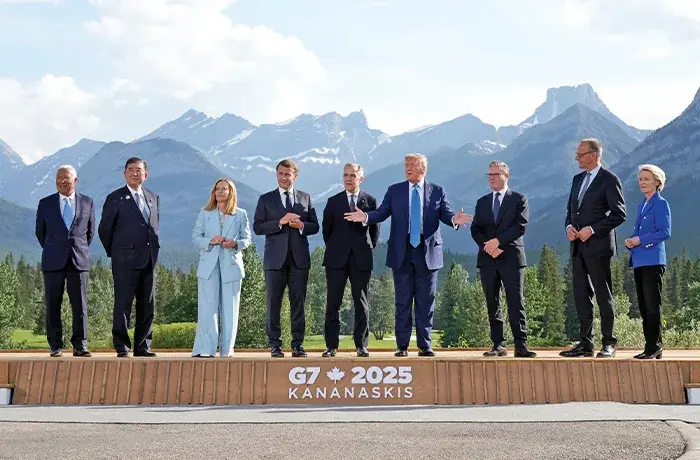As July 9 looms, the Trump administration is racing to clinch a U.S.–EU trade agreement, but there’s more at play than meets the eye. Behind the scramble: budget politics, diplomatic chess, and a bid to reshape global influence.

Trump Administration Scrambles for Last‑Minute EU Deal
| Insight | Takeaway |
|---|---|
| 10 % baseline tariff deemed acceptable | EU officials are bracing for a flat 10 % tariff across many sectors to avoid more extreme hikes |
| Budget boost via tariffs | Trump sees tariff revenue as surplus — a tool to balance federal books and fund other priorities |
| Energy & defense leverage | Biden-era GOP push to open EU to LNG purchases and arms deals as bargaining chips |
Here in Washington, I’ve seen trade deals crafted with more flash than substance. This one feels the same driven by price tags and political calendars, not shared vision. I believe it’ll get done—but at what cost? Lives and livelihoods depend on whether it’s sustainable or another “deal at any cost.”
The Political Countdown: Why Now?
With Trump’s tariff pause set to expire on July 9, 2025, his admin beeps louder than an ice cream truck racing to beat the summer. Any failure could trigger sharp tariff hikes—50 % on steel, autos, even pharma. The mood in Brussels is tense: delay means damage.
Hidden Motive 1: Funding the Surplus
Trump’s team isn’t just playing tough—they’re cashing in. Mandated tariffs can bring in billions, boosting the federal treasury. It’s a win in the fiscal scoreboard, with Washington eyeing tariff income for budget flexibility.
Hidden Motive 2: Securing Strategic Imports
This deal goes beyond cars and steel. U.S. officials pushed the EU to buy more U.S. LNG—and even U.S. military hardware. Graphic, right? Energy and defense deals turn this trade agreement into a geopolitical lever.
Hidden Motive 3: Diplomatic Timing
Trump is riding high on a freshly signed UK–US trade pact at the G7’s close. This leveraged pressure—Brussels didn’t want to be last in line. An EU deal now avoids isolation and restores some semblance of a united front.

The EU’s Dilemma: Unity vs. Urgency
EU capitals are split. Germany, Italy, and Hungary lean toward a fast, “UK-style” accord—10 % tariff floor with defined carve-outs. Others—France especially—warn that rushed deals risk compromising food standards and long-term sovereignty.
Food Fight Alert
Guardian’s Alexander Hurst cautions against opening EU borders to hormone-laced American food, citing risks to public health and regional agriculture.
Why It Matters
- Global Trade Frameworks: A rushed deal skirts WTO norms and signals transactional diplomacy over consensus-building.
- Transatlantic Clout: A weak or valiant pact shapes how America and Europe navigate China, Russia, and future crises.
- Homefront Effects: Higher prices, food debates, energy bills—this deal hits Americans and Europeans alike.
FAQs
Why July 9 specifically?
That’s the expiration date of Trump’s “tariff pause,” extension ends and new hikes are scheduled.
What’s a “UK‑style” deal?
A compromise to maintain a general 10 % tariff, while negotiating exemptions for cars, aerospace, etc., similar to the UK–US arrangement signed mid-June.
Does the EU have alternatives?
While Brussels considered retaliatory tariffs (~€95 bn), many members fear economic blowback—so diplomacy currently wins.






